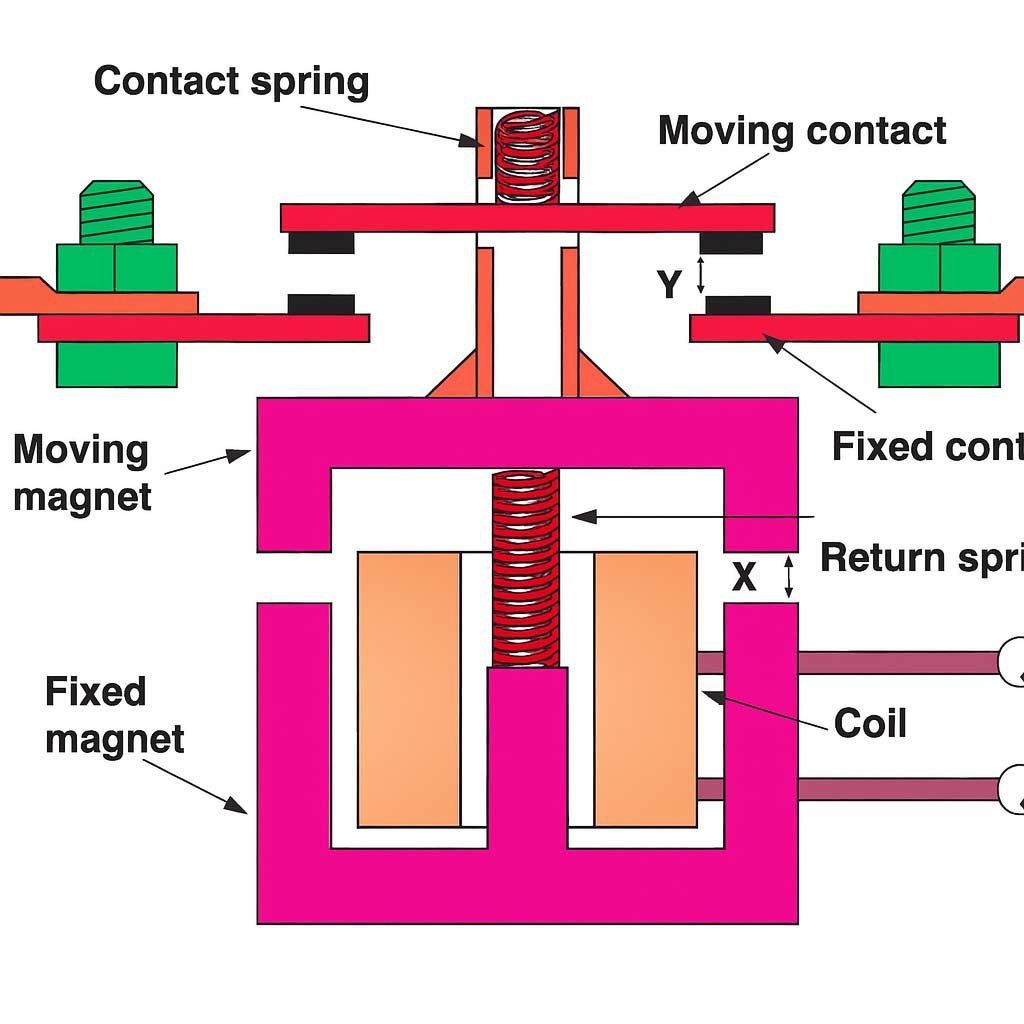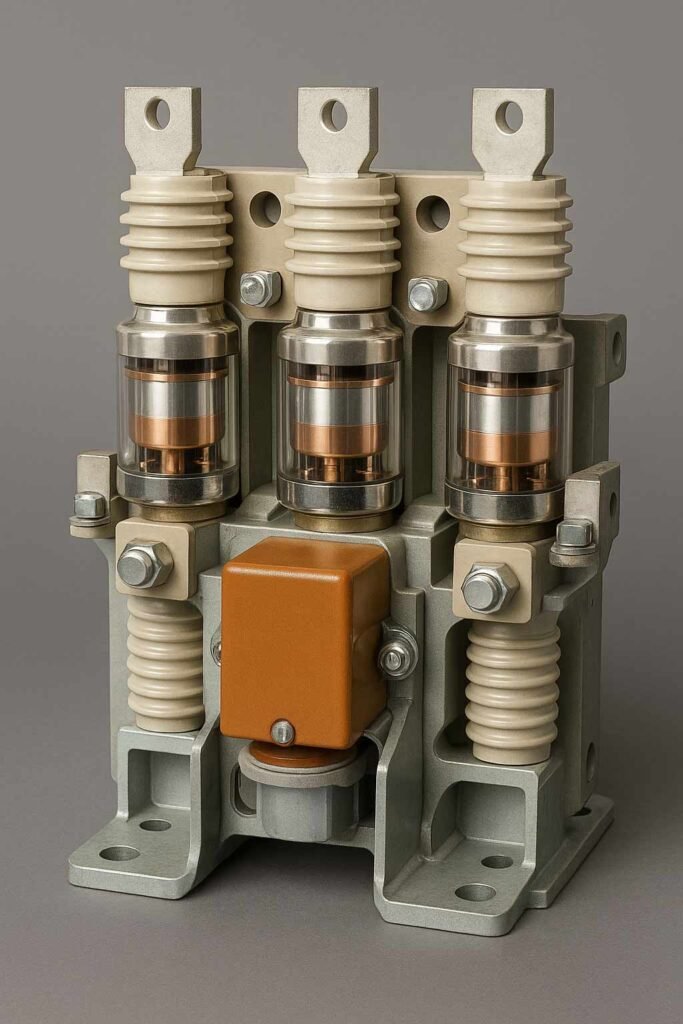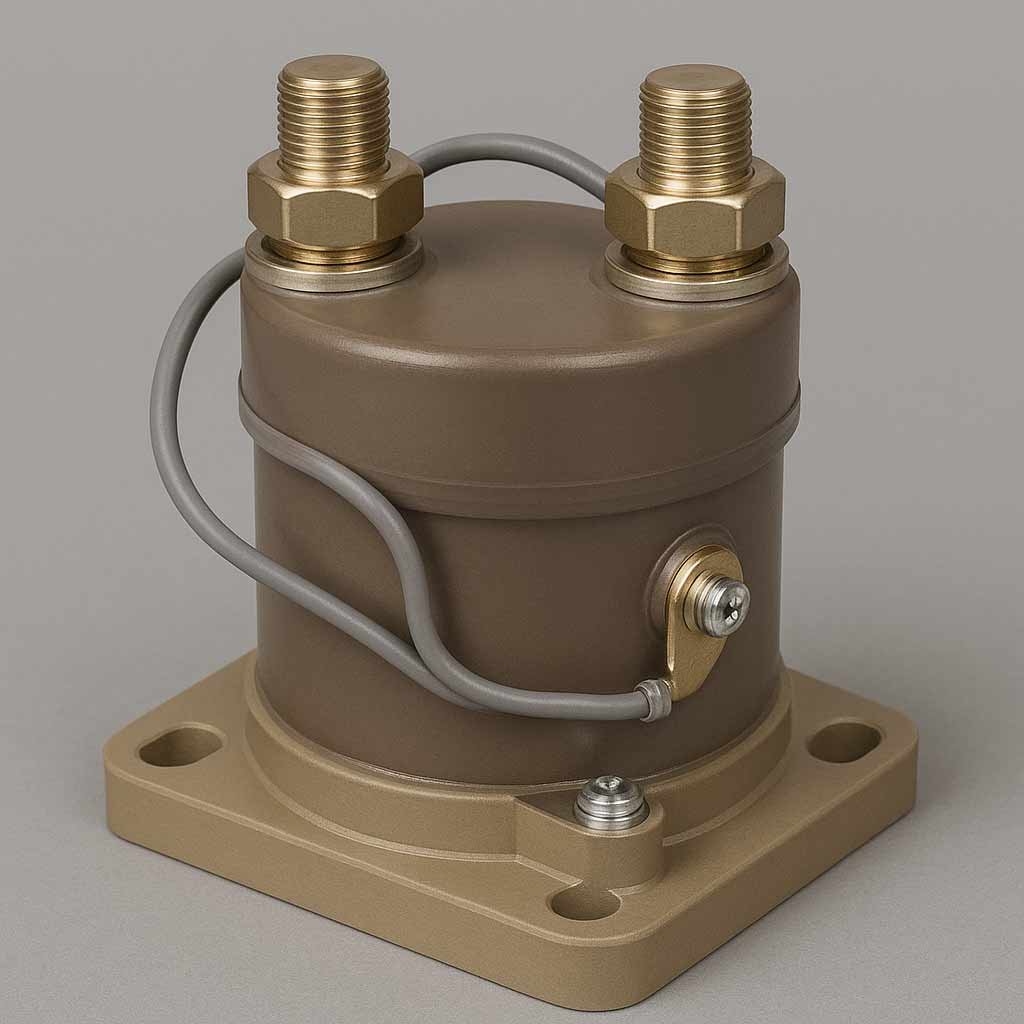When it comes to electrical systems and automation, contactors play a key role in keeping everything running smoothly. While they may look like relays at first glance, contactors are designed to handle much larger electrical loads. Think of them as the heavy-duty switches that control power in industrial machines, lighting systems, and HVAC setups. In this blog, we’ll break down what contactors are, how they work, and why they’re essential in today’s electrical world—so you can better understand their impact on everything from factories to your own home.
What is an Electrical Contactor?
An electrical contactor is an electrically controlled switch used to manage and control high-current circuits. It operates by opening and closing contacts to switch the power on or off. Contactors are essential in controlling motors, lighting, and other high-power loads in various industrial, commercial, and residential applications.
Components of a Contactor
- Electromagnet (Coil): When energized, the electromagnet generates a magnetic field.
- Armature: A movable part that is attracted by the magnetic field and moves to open or close the contacts.
- Contacts: These are the conductive parts that open or close to make or break the circuit. They typically include:
- Normally Open (NO) Contacts: These are open when the contactor is de-energized and close when energized.
- Normally Closed (NC) Contacts: These are closed when the contactor is de-energized and open when energized.
- Spring: This holds the armature in place when the contactor is de-energized.

How Does an Electrical Contactor Work?
- Activation: When a control circuit energizes the contactor coil with a low-voltage current, it creates a magnetic field.
- Movement: The magnetic field attracts the armature, causing it to move.
- Switching: The movement of the armature changes the state of the contacts. Normally open contacts close to complete the circuit, while normally closed contacts open to interrupt the circuit.
Contactor Operation Example
Consider a scenario where you want to control a large industrial motor using a control switch. The contactor allows you to use a low-power switch to control the high-power motor circuit.
- Control Circuit: A low-voltage switch is used to energize the contactor coil.
- Power Circuit: The contactor contacts control the high-power motor circuit.
When you activate the low-voltage switch, it energizes the contactor coil, which causes the contacts to close and complete the high-power circuit, turning on the motor.
Types of Contactors?
Here we have different classification for electrical contactors, we could classify it by coil nominal voltage or low and high voltage applications or number of Poles or purpose of application or more
1-Based on Coil Voltage
This refers to the type of electrical signal used to energize the contactor’s coil
AC Coil Contactors
These are activated using alternating current (AC). They’re commonly used in standard industrial and residential setups.
DC Coil Contactors
These operate using direct current (DC). They’re suitable for battery-operated systems, solar panels, or situations where DC supply is available.
2-Based on Application Voltage
Low Voltage Contactors
Used in systems up to 1,000 volts. These are the most common and found in motor control centers, lighting systems, and capacitor banks.
Medium and High Voltage Contactors
Used for systems above 1,000 volts. These are designed for heavy-duty applications like large motors, substations, and utility grids. Often vacuum contactors are used in these cases for arc suppression.
3-Based on Purpose or Application
Motor Contactors
Specifically designed to control electric motors. Often used with overload relays to protect against motor faults.
Lighting Contactors
Made to switch lighting loads—especially in buildings where multiple lighting circuits are controlled from a central system.
Capacitor Switching Contactors
Equipped with inrush current-limiting resistors to safely switch capacitors in power factor correction panels.
Heating or Compressor Contactors
Commonly found in HVAC systems to handle resistive loads like heaters or inductive loads like compressors.
4-Based on Arc Extinguishing Method
Different contactors use different techniques to deal with the arc that forms when switching high currents
Air Break Contactors
The arc is extinguished in open air using arc chutes. Suitable for general low-voltage applications.
Vacuum Contactors
The arc is extinguished inside a sealed vacuum chamber. Perfect for medium to high-voltage environments.

Oil or Gas Filled Contactors
Used in very high-voltage or outdoor applications where additional arc control is required.

5-Based on Number of Poles
This refers to how many separate circuits the contactor can control
Single Pole (1P)
Double Pole (2P)
Three Pole (3P)
Four Pole (4P)
Applications of Contactor
- Industrial Automation: Contactors are widely used to control motors, lighting, and other heavy machinery in factories and industrial plants.
- HVAC Systems: In heating, ventilation, and air conditioning systems, contactors control compressors, fans, and other components.
- Residential Systems: Contactors are used in home automation systems to control lighting, appliances, and other high-power devices.
- Commercial Buildings: In commercial settings, contactors manage lighting systems, elevators, and other high-power equipment.
Advantages of Contactors
- High Current Handling: Contactors are designed to handle high current loads, making them suitable for industrial and heavy-duty applications.
- Durability: They are built to withstand frequent switching operations and harsh environments.
- Isolation: Contactors provide electrical isolation between the control circuit and the high-power load, enhancing safety.
- Flexibility: They offer flexibility in control by allowing multiple circuits to be controlled by a single contactor.
Disadvantages of Contactors
- Size: Contactors can be bulky, especially those designed for high current applications.
- Mechanical Wear: Like all electromechanical devices, contactors have moving parts that can wear out over time.
- Contact Arcing: When switching high currents, contactors can experience arcing at the contacts, which may reduce their lifespan.
Final Words
The next time you’re selecting a contactor, don’t just ask “which brand?”—ask what voltage, what load, and what purpose it’s for. Knowing these classifications will help you pick the right contactor that’s not just functional, but also safe and long-lasting for your application.
Understanding how contactors work, the different types available, and where they’re used can give you a clearer picture of just how important they are. From factories and commercial buildings to even some home setups, contactors provide a critical layer of control and protection.
Their strength lies in their ability to manage high currents while keeping control and power circuits safely separated. That’s what makes them a go-to choice for engineers working in automation, power distribution, and industrial control systems today.
